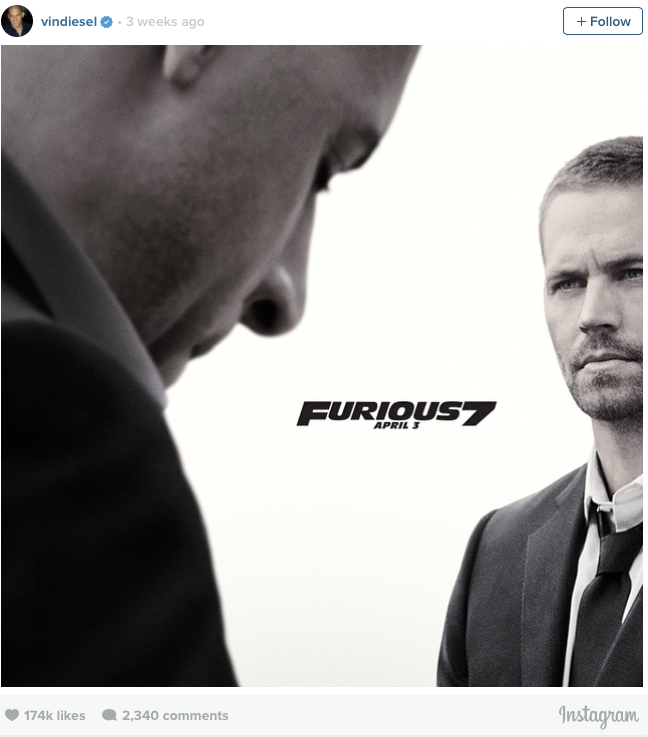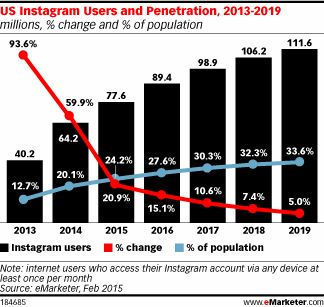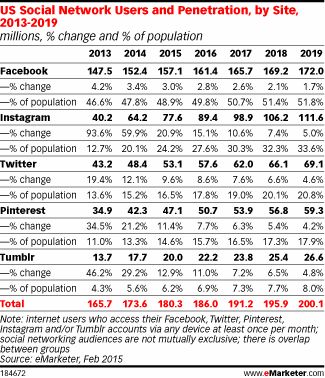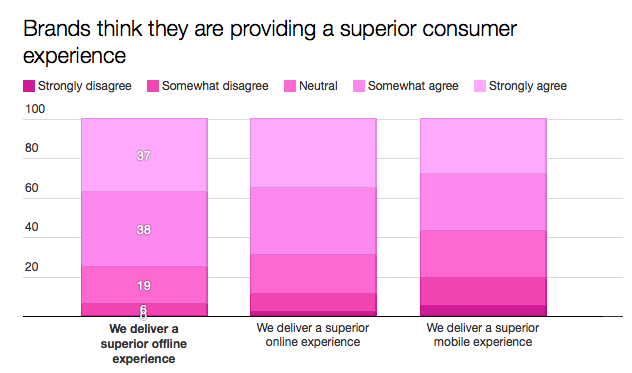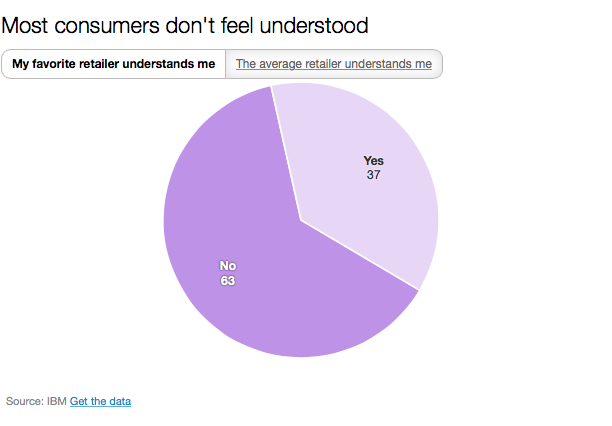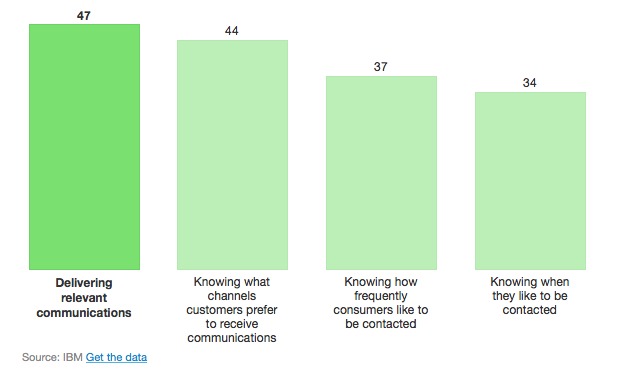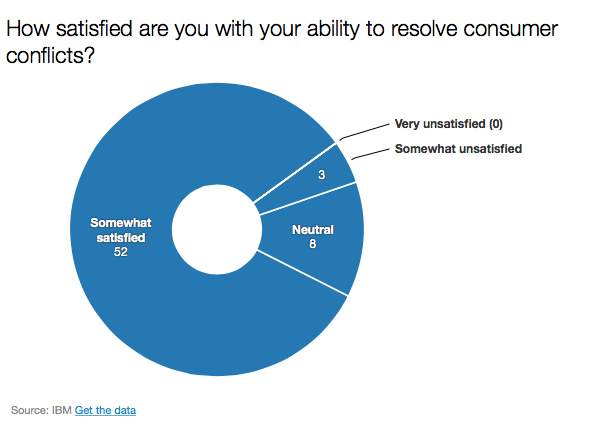A report from eMarketer predicts that global mobile advertising market will hit two significant milestones in 2016: surpassing $100 billion in spending and accounting for more than 50 percent of all digital ad expenditure for the first time.
eMarketer is predicting is $101.37 billion to be spent on ads served to mobile phones and tablets worldwide next year, which represents a nearly 430 percent increase from 2013.
Moreover, between 2016 and 2019, the last years in the forecast period, mobile ad spending is predicted to nearly double, hitting $195.55 billion to account for 70.1 percent of digital ad spend as well as over one-quarter of total media ad spending globally. Next year, eMarketer estimates that there will be more than 2 billion smartphone users and 1 billion tablet users worldwide.
“The increasing levels of content uploaded and consumed on a daily basis is astronomical. It can be directly attributed to the rise of smartphone and tablet usage making this the dominant platform moving forward to reach your audience,” said Chris Younger, principal and director of strategy at Ayzenberg.
While we know that the European and Asian markets have been strong in mobile broadband adoption and smartphone adoption, the United States will drive mobile ad spending growth over the next few years along with China.
In 2016, US advertisers will spend $40.24 billion to reach consumers on tablets and mobile phones, more than doubling the total from 2014, while those in China will invest $22.14 billion—nearly triple the amount they spent in 2014. Both of these countries will see mobile become a majority of digital ad spending next year.
“Desktop is not dead, but a shift has definitely occurred in the marketplace. Advertisers must adopt a mobile-first strategy into their campaigns which includes mobile optimize site and user funnels that engage users,” said Charles Vasquez, director of digital media, Ayzenberg.
“Millennials are driving the shift from PC to mobile. They represent over 77 million consumers with as many as 90 percent owning smartphones. They are constantly connected to their mobile device on email, social and news sites,” said Vasquez.
